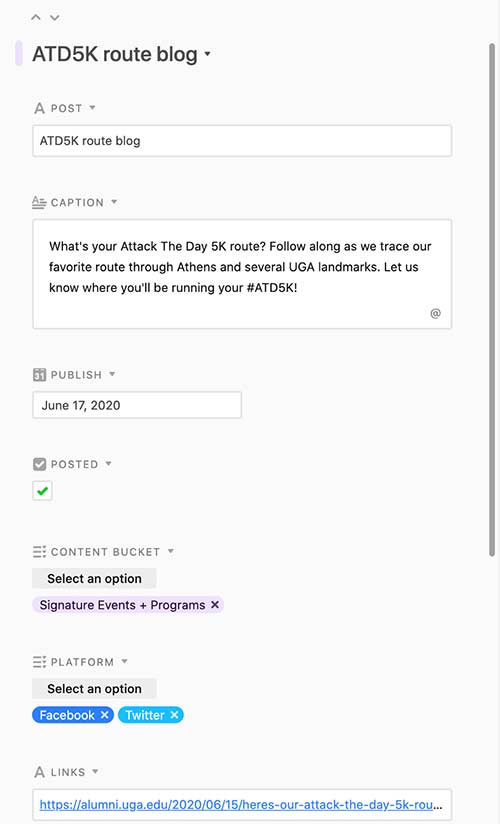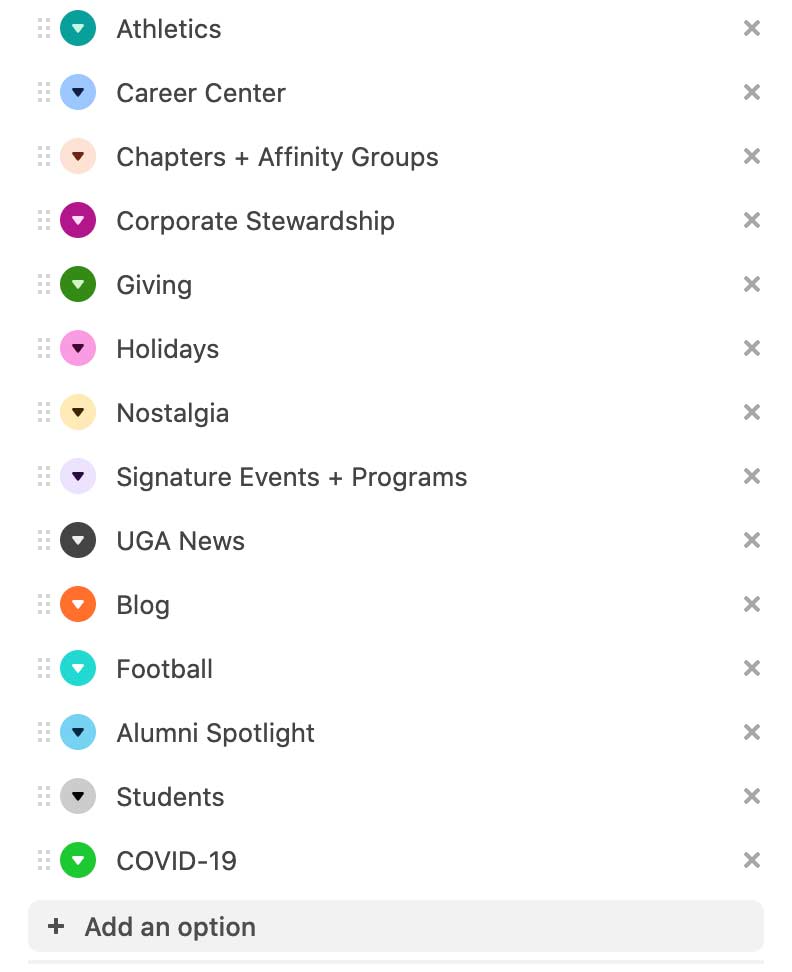Do you need to provide your dean with an annual giving update in your next meeting? Do you need to know how a specific appeal performed? Do you want to know how your year-to-date performance compares with past years? Do you want to dig a little more into who your donors are?
Well, then do I have some tools for you!
1. Annual Giving Analytics Tool
To access in GAIL: Analysis > Annual Giving under “Analytic Tools”
The Annual Giving Analytics Tool will show your unit’s year-to-date revenue and gift comparisons for the past three fiscal years. You can view this information in a table or a handy graph to see trends over time. The Revenue Details tab helps you drill down into who your donors are—it is even clickable so you can go right to a constituent’s profile if you want to learn more about them and their giving history.
2. Gift Report by Site
To access in GAIL: Analysis > Revenue Reports under “Reports” > Gift Report by Site under “Custom Reports”
This report easily shows you your gifts, donors, fund designations and corresponding marketing efforts. I like to download this data and sort by marketing effort to get a quick overview of how specific efforts performed. Be sure to select “Yes” under the Annual Fund dropdown at the top of the page to only display gifts that count in your annual giving totals.
3. Annual Giving Contribution Details
To access in GAIL: Analysis > Revenue Reports under “Reports” > Annual Giving Contribution Details under “Custom Reports”
The Annual Giving Contribution Details Report shows annual gift or donor summaries by channel in various ways, including by appeal. I use this report to see how gifts are coming in and to gain a big picture perspective about a unit’s donors.
4. Email Statistics
To access in GAIL: Marketing and Communications > Email Statistics under “Custom Reports”
Use this to find out how your email performed. You can see how many people opened your message, who opted out and your link clicks. You can also see email-generated donations and event registrations.
5. Direct Marketing Efforts
To access in GAIL: Marketing and Communications > Marketing Effort Search (Custom) or Direct Marketing Efforts under “Marketing Efforts”
First and foremost, be sure to activate your marketing effort prior to sending your email or direct mail! This ensures that gifts will be associated with the effort and that recipients will be tagged as having received your communication.
Navigate through the tabs in your marketing effort to view various performance statistics. I tend to focus on these three tabs: Summary, Segments and Revenue. The Revenue tab may be particularly insightful—you can sort from largest to smallest gift amount and perhaps identify future LAG or major gift prospects. The Revenue Pivot Table tab is also informative and fun to play around with.
NEW: The Revenue Analytics tab was added to marketing efforts in FY23. Was your effort successful with Young Alumni, LYBUNTS, LAG donors, parents, etc.? What was the most popular designation? Should I repeat a similar effort next year? This tool can help you answer all of these questions and more!
6. Annual Giving Dashboard
To access in GAIL: Analysis > Annual giving dashboard under “Analytic tools” > type in your GAIL credentials > filter by site and explore!
Your Dashboard shows a quick snapshot of your program’s performance YoY. By using this tool, you can see YTD gift, revenue, and donor summaries broken down by donor type (renewed, reactivated, or acquired). You’ll also see a summary of your unit’s leadership annual giving numbers, retention rate, and top solicitations. The donor detail tab is filterable, sortable, and clickable, allowing you to really get in the weeds if you have time!
These are just a few of the tools available for you to assess your program’s annual giving health. As always, contact anyone on the central Annual Giving team or submit an AskIT ticket if you have questions!








